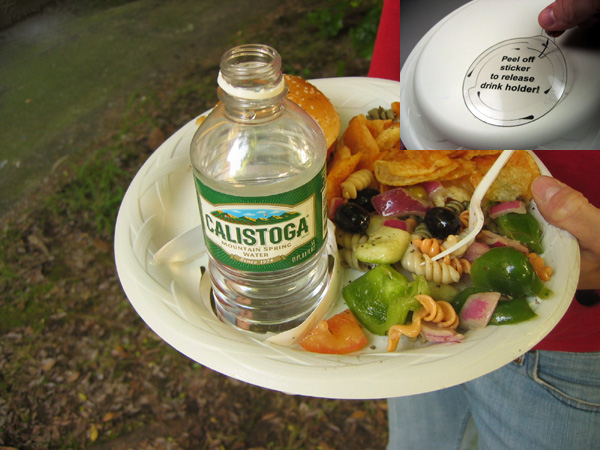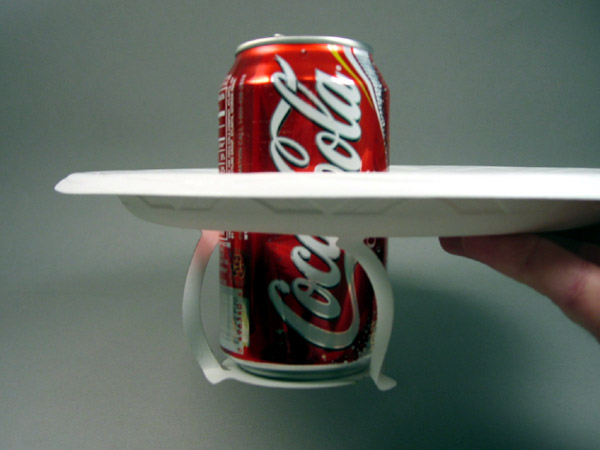|

Q: On American Inventor, judge Doug Hall said this would be too expensive to
manufacturer? Is he right?
A: Doug Hall is very smart and very knowledgeable but, no, he is not right.
Disposable plates are made by a process call vacuum thermoforming. A sheet of
plastic is sucked into a cavity, forming the plate shape. A process called
"die-cutting" is then used to cut out the plate from the sheet of
plastic. The cuts and holes that create the drink holder on the Drink Plate
could be created at the same time the main plate is being cut out.
Plastic coffee cup lids are made the same way: the drink hole is cut at the same
time the lid is cut from the sheet of plastic. In other words, you will get the
drink holder features "for free" (other than the cost of the
die-cutting machinery, which is trivial). The sealing sticker proposed will add
an insignificant cost to the product. Note that the Solo Cup company, a 2
billion dollar manufacturer of disposable plates and cups, has recently made a
coffee cup lid (the "Traveler Plus", shown above) with two complete
parts that's now sold through 7-11: if they can justify the cost of a
complete second part with coffee cup lids (used for less time than a plate), it
seems reasonable to conclude the sticker is a viable idea.
|



